Windows 11 is a modern interface and faster version of Microsoft’s operating system. However, it is like any other advanced software which occasionally encounters frustrating issues such as slow performance, crashes, driver conflicts, or unknown errors.
While many windows users directly search for solutions on Google or reset their PCs in frustration, but they do not know that Microsoft offers a powerful hidden windows 11 tool specifically designed to diagnose and fix common problems such as Microsoft Diagnostic Tool, also known as MSDT. With the Windows updates and security improvements in 2025, a new and easier tool called Windows Reliability Monitor and Performance Monitor which combines system checks with smart to fix problems more easily.
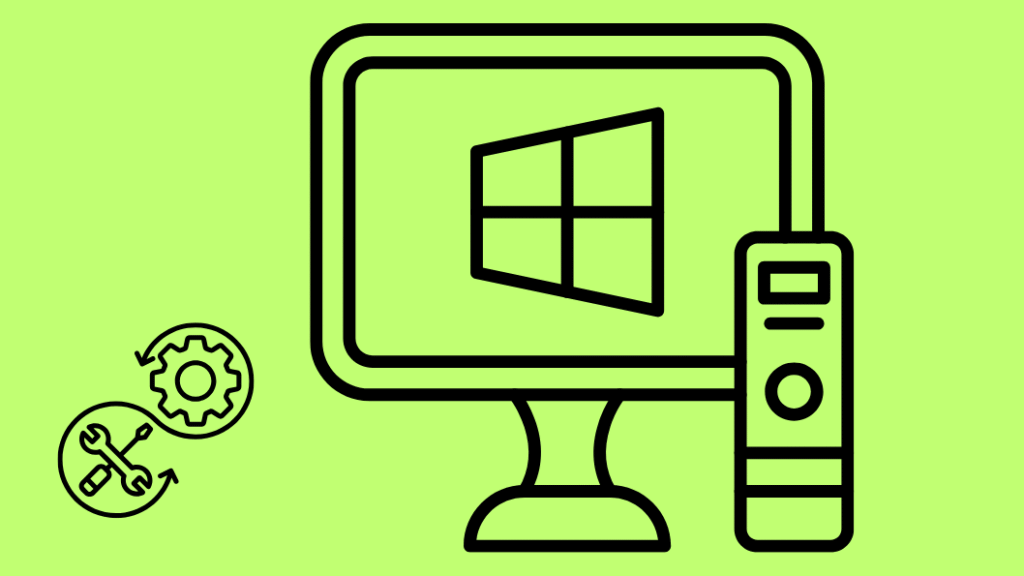
This guide will explain how to use hidden windows 11 tool to fix the root causes of system instability, app crashes, and performance issues in the Windows 11 operating system.
What Is Windows Reliability Monitor?
How to Access Windows Reliability Monitor in Windows 11
Method 1: Using Start Menu
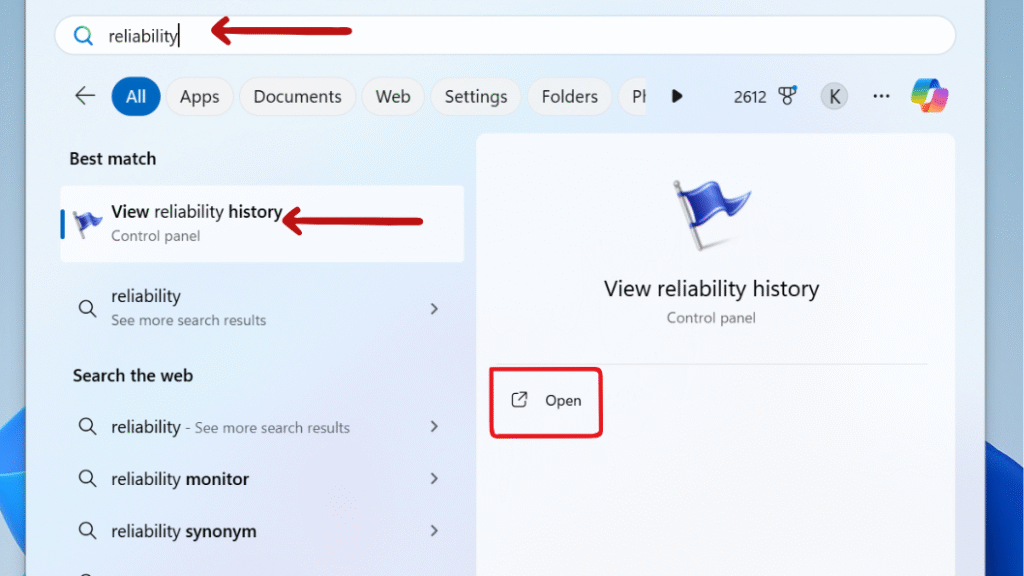
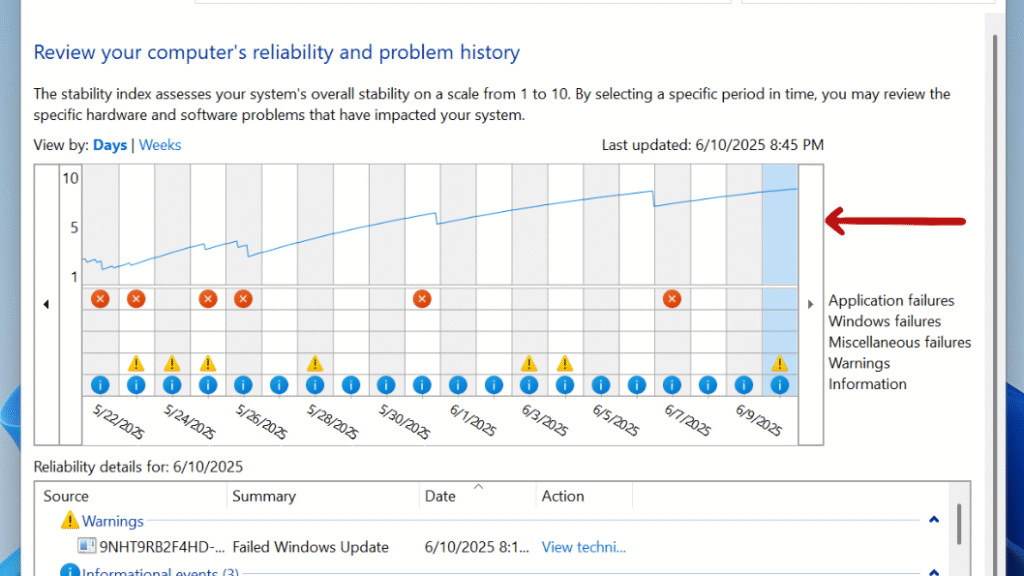
Method 2: Using Control Panel
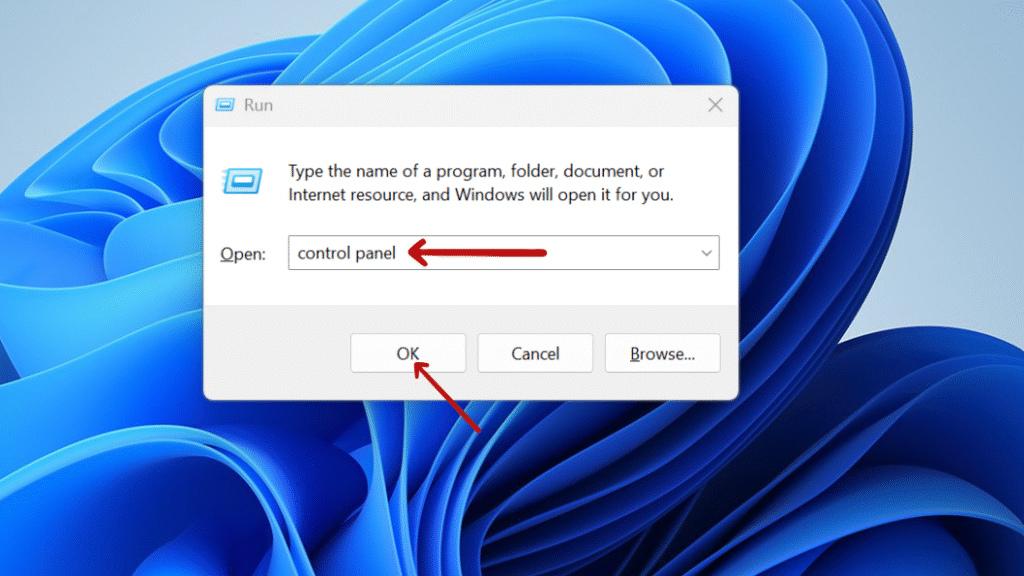
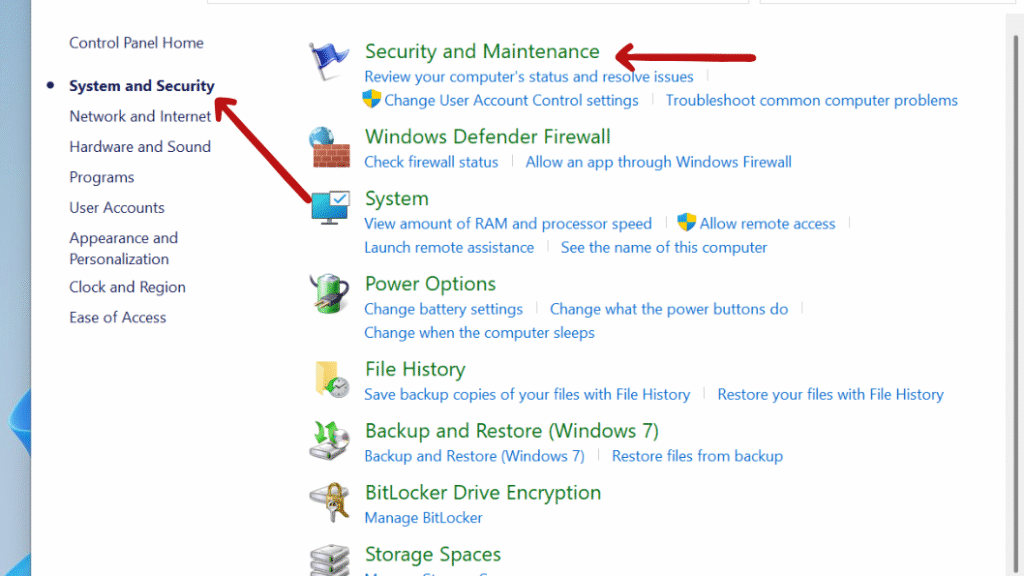
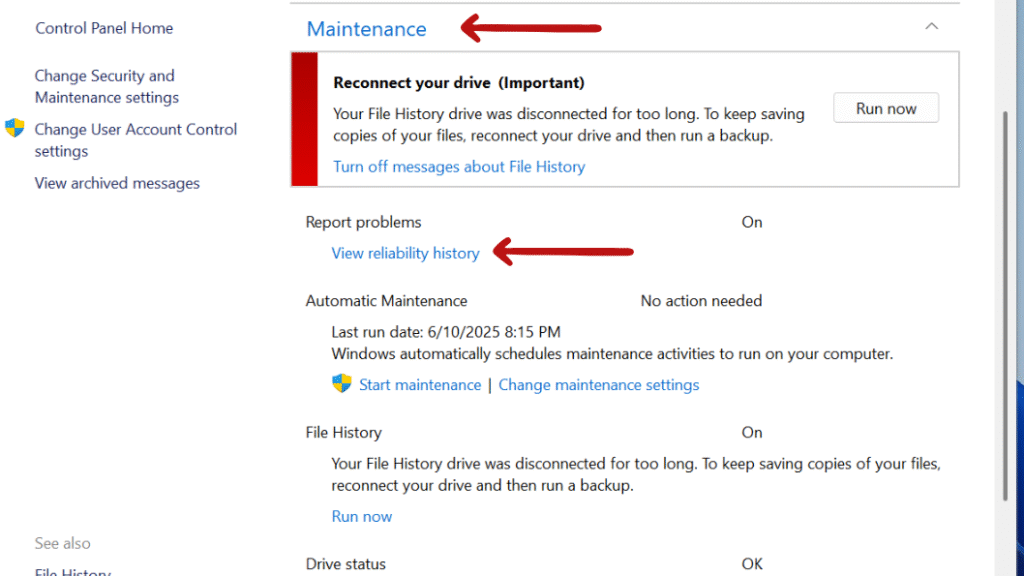
Method 3: Using Command Prompt
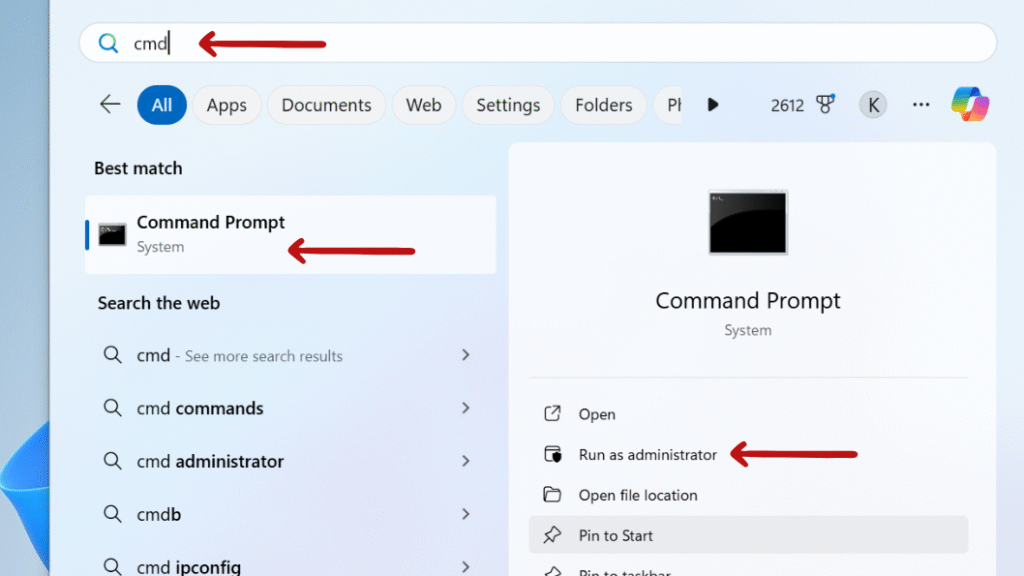
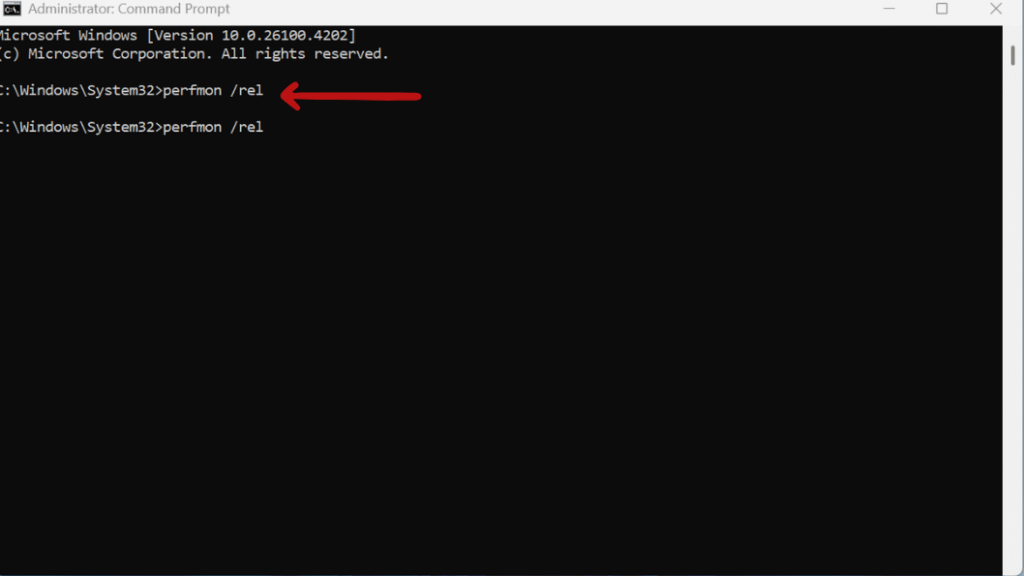
Method 4: Using Desktop Shortcut
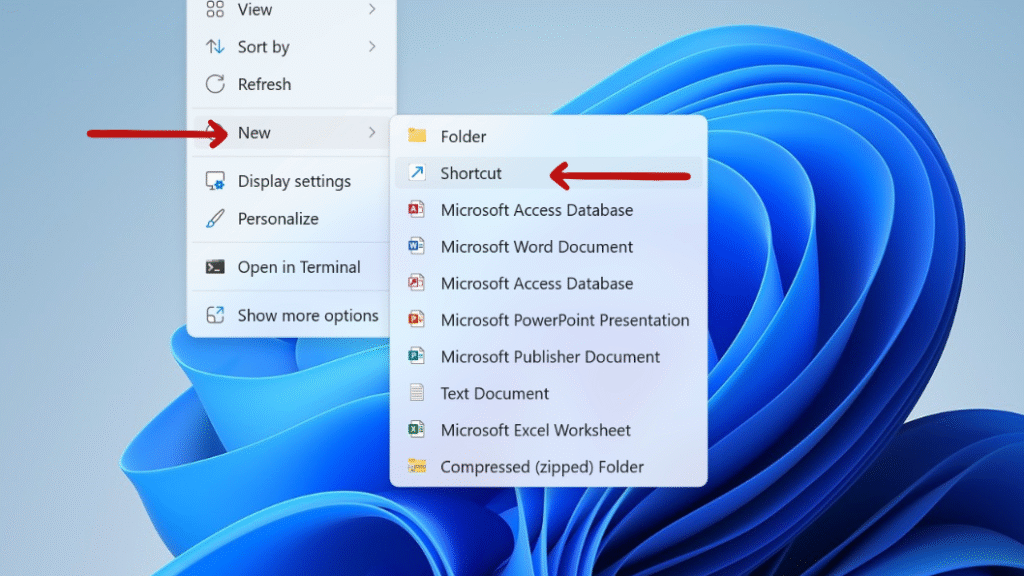
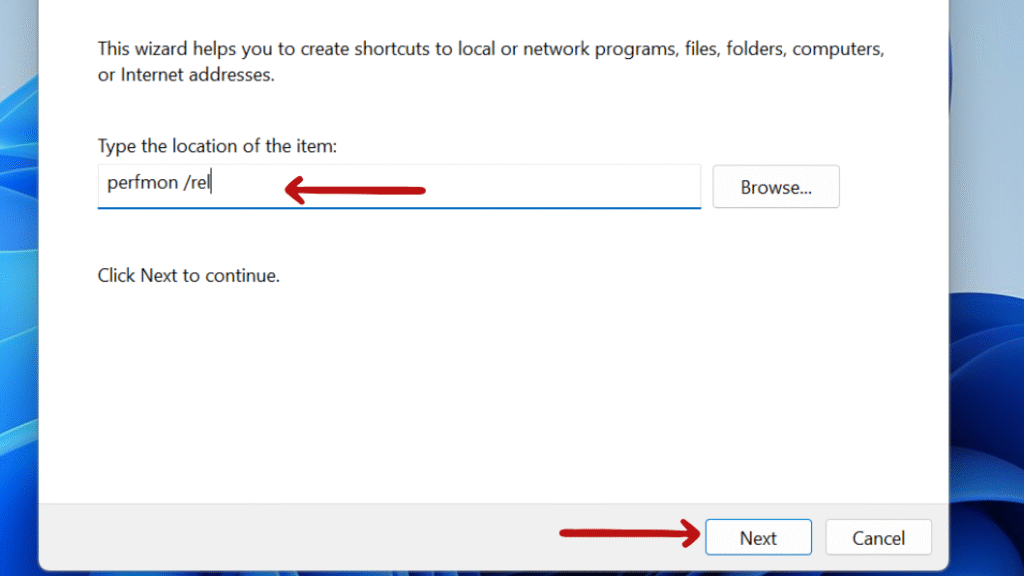
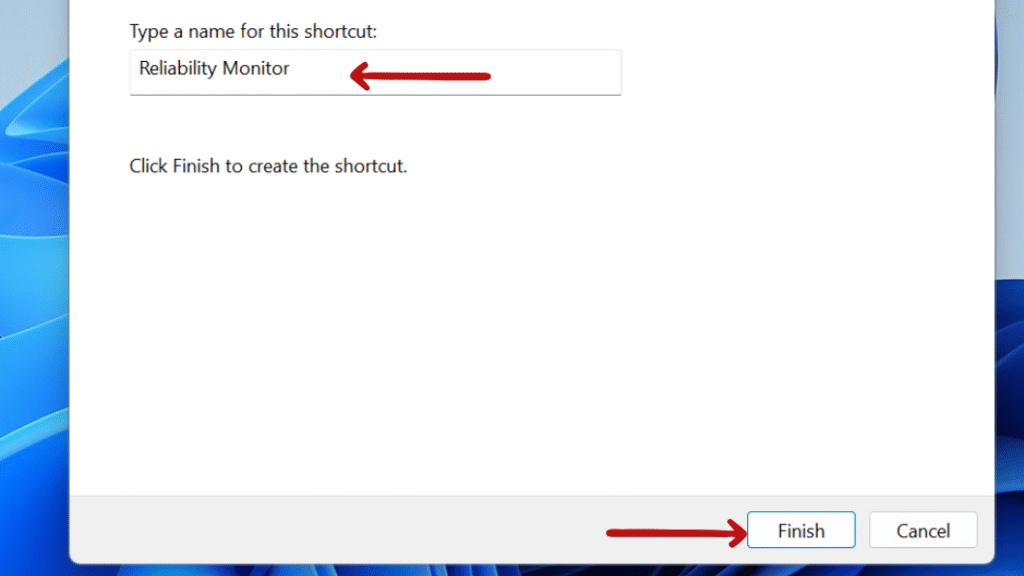
How to Use Windows Reliability Monitor to Diagnose and Fix Problems
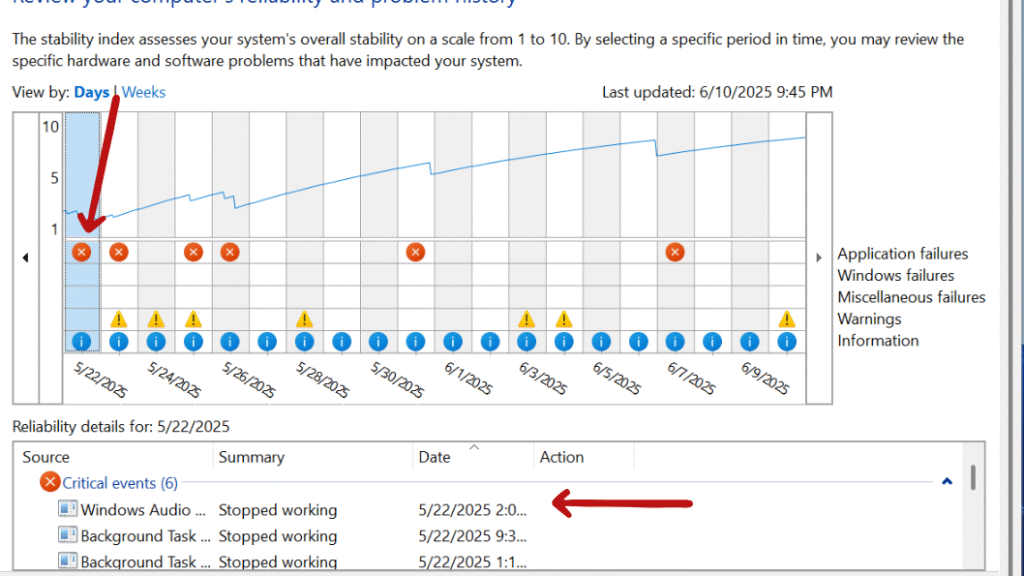
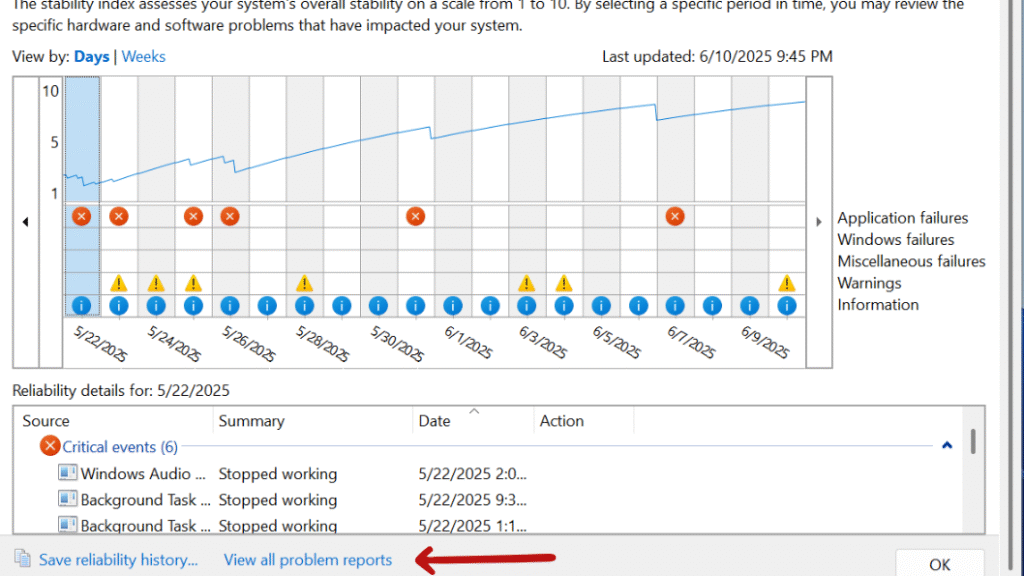
- If a driver issue is detected, update or reinstall the driver.
- If a Windows update failure occurs, manually install the update.
- If an application (like Chrome or Firefox) crashes repeatedly, check for compatibility issues.
Other Hidden Diagnostic Tools in Windows 11
Hardware and Devices Troubleshooter


Windows Memory Diagnostic Tool
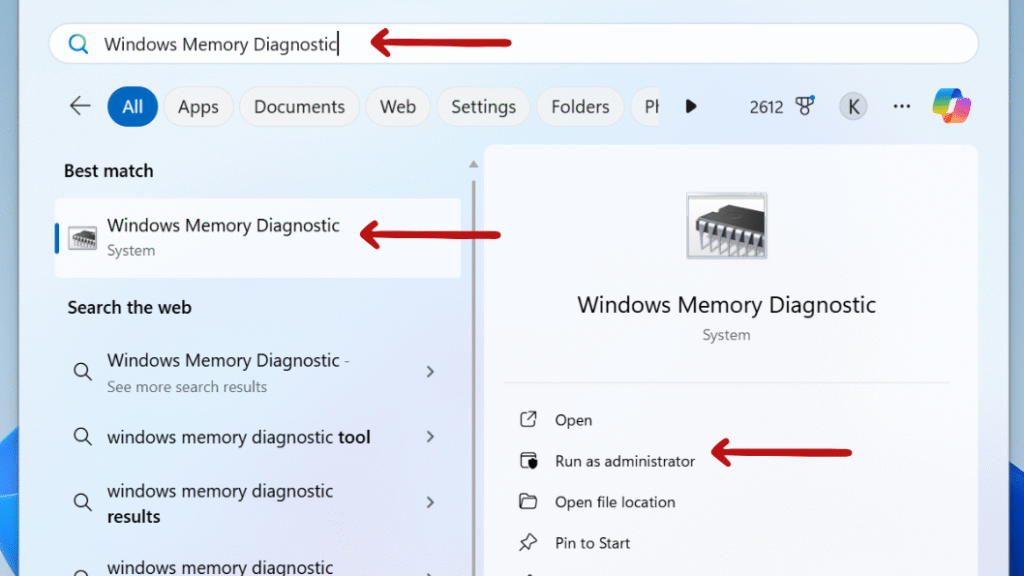
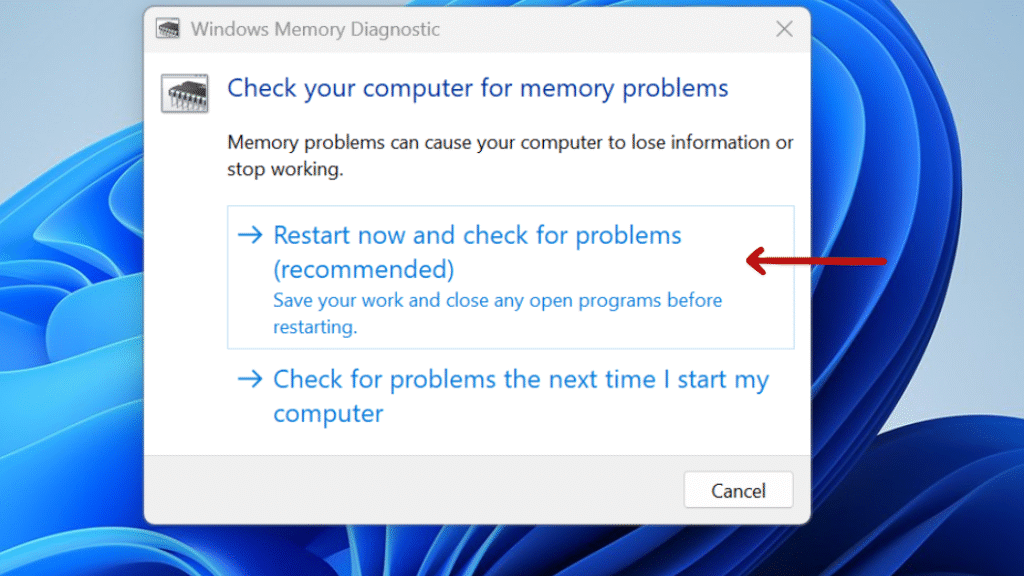
System File Checker (SFC)

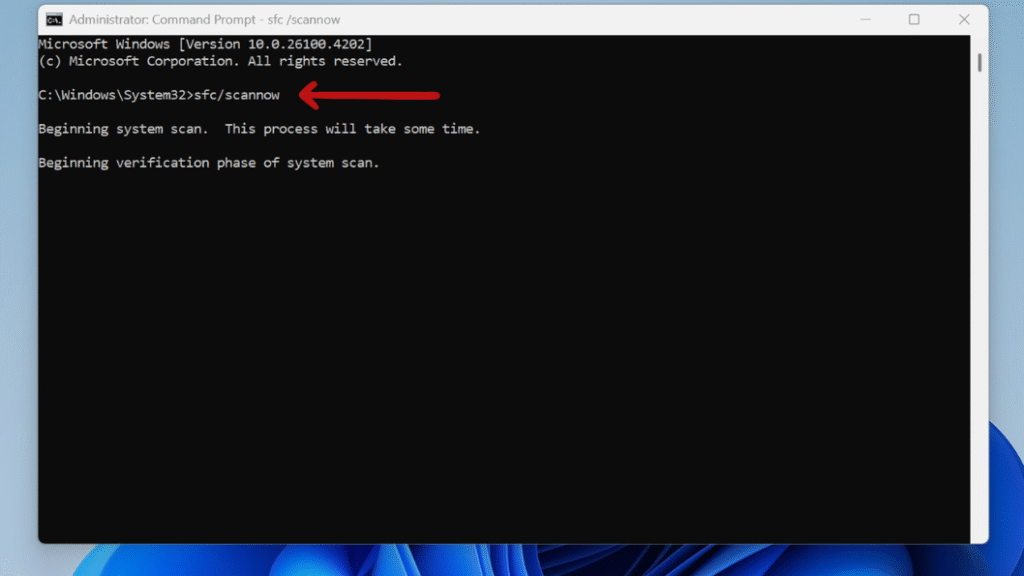
Final Thought: Hidden Windows 11 tools
Many Windows 11 users face issues like unexpected errors, crashes, or update failures. Though these problems can be addressed with built-in troubleshooters, Windows Reliability Monitor is one of the lesser-known tools which offer extensive information regarding system stability. Windows 11 users can utilize this tool in combination with Hardware Troubleshooter, Memory Diagnostic, and System File Checker to effectively resolve the persistent issues that come with Windows 11.
Still confused or stuck about hidden windows tools ? Leave your questions in the comments or call me at +1– 844-405-0212. I am here to help!
Stay updated with more at www.365dayson.com !

